No Petals on Volunteer Cone Flower Plant
summerstar
10 years ago
Featured Answer
Sort by:Oldest
Comments (18)
Tiffany, purpleinopp Z8b Opp, AL
10 years agoken_adrian Adrian MI cold Z5
10 years agoRelated Professionals
Deerfield Landscape Contractors · Elkridge Landscape Contractors · Huntington Landscape Contractors · La Verne Landscape Contractors · Las Vegas Landscape Contractors · Leicester Landscape Contractors · Lewisville Landscape Contractors · Little Ferry Landscape Contractors · Madera Landscape Contractors · Mission Viejo Landscape Contractors · Placerville Landscape Contractors · Ridgewood Landscape Contractors · San Carlos Park Landscape Contractors · Washington Landscape Contractors · Antioch Landscape Contractorsmulchmama
10 years agosunnyborders
10 years agosunnyborders
10 years agoNevermore44 - 6a
10 years agosummerstar
10 years agosunnyborders
10 years agosummerstar
10 years agosummerstar
10 years agototallyconfused
10 years agosunnyborders
10 years agosummerstar
10 years agolinlily
10 years agoa2zmom_Z6_NJ
10 years agototallyconfused
10 years agoaseedisapromise
10 years ago
Related Stories
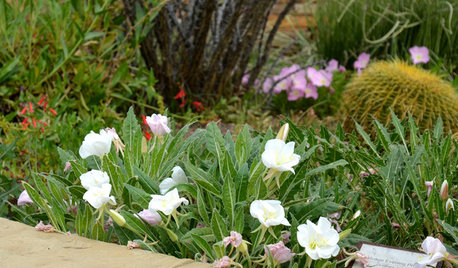
FLOWERS AND PLANTSTufted Evening Primrose Shines at Night
Oenothera caespitosa waits until the sun is ready to set before unfurling its large white petals that draw visitors and evening pollinators
Full Story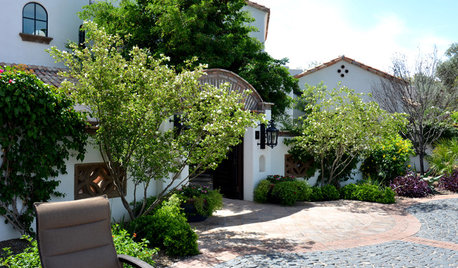
FLOWERS AND PLANTSBauhinia Lunarioides Perfumes the Garden With Its Fragrant Flowers
Bees and butterflies flock to this Texas shrub’s white and pink flowers in spring and summer
Full Story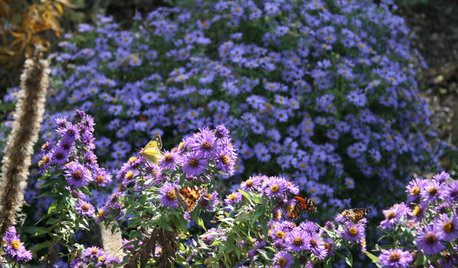
FLOWERS15 Native Flowers That Attract Butterflies
By picking plants from this list that are right for your location, you’ll get colorful blooms and support pretty pollinators
Full Story
GARDENING GUIDESGreat Design Plant: Black-Eyed Susan
Plant seeds this fall for rich swaths of golden blooms in the garden come summer
Full Story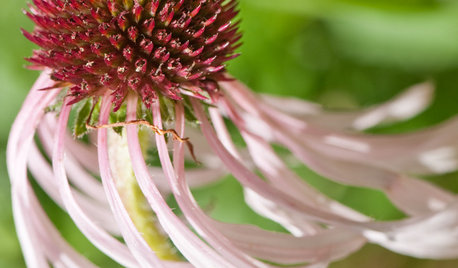
GARDENING GUIDESGreat Design Plant: Echinacea Pallida
Plant pale purple coneflower in perennial gardens or informal prairie plantings for spring blooms, bees and butterflies
Full Story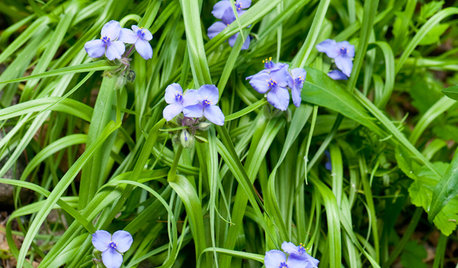
GARDENING GUIDESGreat Design Plant: Tradescantia Ohiensis Adds Shades of Blue
This reliable, adaptable U.S. native provides spider-like foliage and clusters of blue to purple flowers in Eastern gardens each spring
Full Story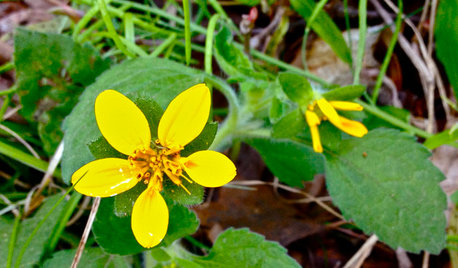
GARDENING GUIDESGreat Design Plant: Chrysogonum Virginianum
This tough ground cover brightens partly shady Eastern gardens with a carpet of golden flowers in midspring
Full Story
GARDENING GUIDES9 Self-Seeders Capture Chelsea Flower Show Magic
Give your garden show-worthy style with these plants beloved by top designers
Full Story
PLANTING IDEASGreat Garden Combo: 5 High-Intensity Plants for High-Intensity Sun
Blend bold foliage and flowers to create a powerful combination that will hold its own even in the harsh light of midsummer
Full Story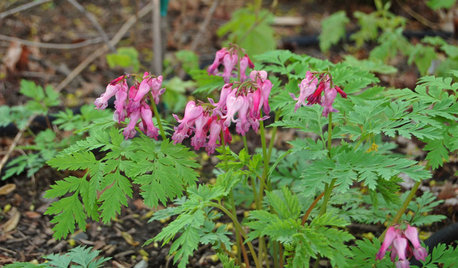
GARDENING GUIDESGreat Design Plant: Dicentra Eximia Brightens Shady Gardens
This North American bleeding heart species blooms from spring to fall and welcomes bees and hummingbirds
Full Story





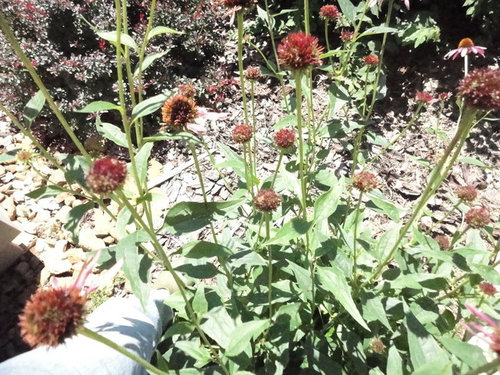
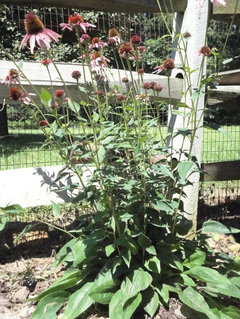



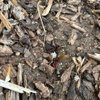
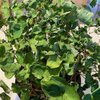
totallyconfused